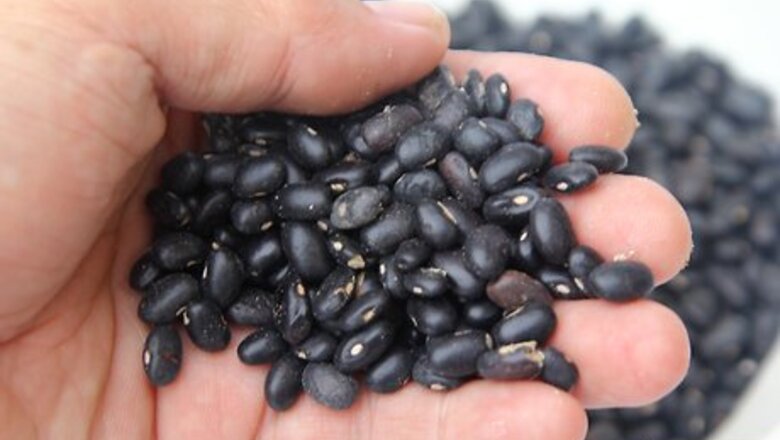
views
Sifting and Portioning the Beans

Check the black beans for rocks. Raw black beans are harvested from the ground. As a result, it’s not uncommon to find small pebbles mixed in with them. To make sure your bagged beans are safe to eat, spread them out on a baking sheet and sift through them by hand, picking out any small rocks you come across. You don’t want to sink your teeth into one by accident! Most rocks will be light gray in color, which helps them stand out easily from the dark beans.
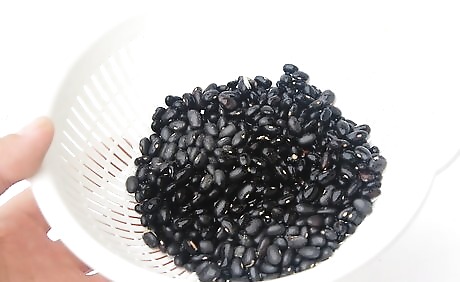
Wash the black beans in a colander. It’s a good idea to give the beans a quick rinse prior to soaking, especially if they’re visibly dirty. A preliminary rinse will sanitize the beans and start breaking down the waxy starches coating the outside of the beans that makes them take longer to cook. Stir the beans up from the bottom by hand as you rinse to make sure the water gets distributed evenly throughout. A good long soak may make a separate rinse unnecessary if you're planning on cooking the beans immediately.

Pour the black beans into a large bowl or pot. The container you choose should be spacious enough to hold the beans you plan on soaking, along with the water that you’ll be adding later on. In most cases, a serving bowl, saucepan or stockpot will provide the volume you need. Measure the beans out into cup-sized portions—this will make it easier to round off your other measurements. A standard serving of black beans is about ½ cup (75g). Unless you’re fixing mass quantities in bulk, plan on soaking all of the beans at once. Breaking them up into multiple batches can add hours to your prep time.
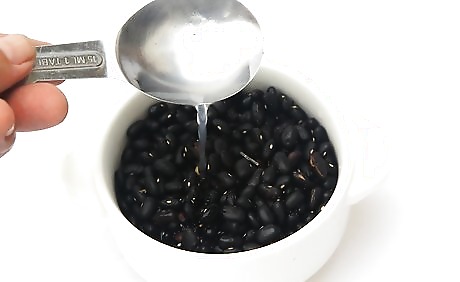
Add a small amount of acid. Drizzle 1 tablespoon (15ml) of distilled white vinegar or lemon juice over every cup of dried beans. The mild acid will help soften the beans before they even hit the water, while also ensuring that the water heats evenly. A little acidity will also prevent the beans from becoming mushy or completely disintegrating if they’re overcooked. Fresh squeezed lemon juice is preferable as it doesn’t contain any other additives, but bottled will also work just fine.
Adding Water to the Beans
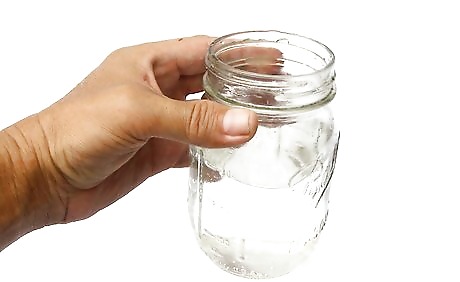
Fill the container with water. Run a stream of cool water over the beans until they’re completely submerged. There should be about 3 inches (7.5cm) of water above the top layer. From here, you can decide whether you’d prefer to hot soak or cold soak the beans. A good rule of thumb is to use roughly 2-5 cups (475ml-1L) of water for every cup of dried beans you want to soak. The exact amount you add will depend on the quantity of beans you’re preparing, as well as their size. The beans will expand as they soak, so it’s important that you place them in a container that offers a little extra room and use plenty of water to keep them covered.
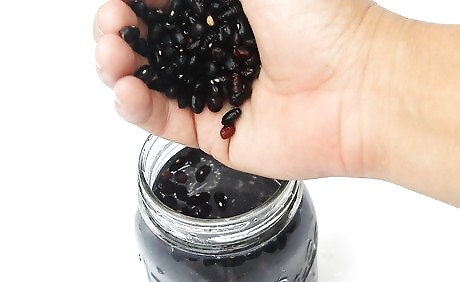
Hot soak the beans to save time. If the beans are in a stove-safe pot, turn on the cooktop and let them begin heating up. If you’re using a bowl, you can heat the water in a tea kettle first, then pour it over the top of the dried beans. Black beans will typically need 1-4 hours for a proper hot soak. Smaller servings (between 2-4 cups, or 300-600g) shouldn’t require much time, whereas a big batch may need to sit longer in order to fully soften up. A thorough soak will break down the starches around the shells of the beans, effectively tenderizing them.

Leave the beans to soak overnight instead. For a more hands-off approach, submerge the beans in water that’s room temperature, then find something to occupy yourself for the next 6-8 hours. It’s that easy! Set a timer to remind yourself to drain the beans once they’re finished soaking. Move the beans to the refrigerator while they soak if space in your kitchen is at a premium. Cold-soaking is a convenient way to prepare black beans if you want to enjoy them at the end of a busy day—just put them in water before you head to work or school.
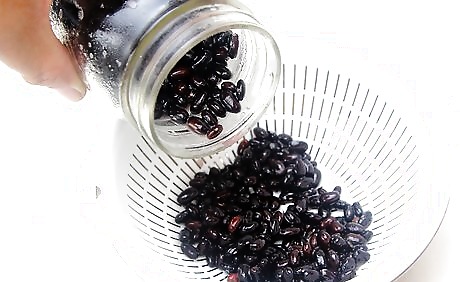
Rinse the beans clean. Remove the beans from the bowl or pot and transfer them to a colander. Run them under a light stream of water, giving the colander an occasional shake to separate them. When you’re finished, they’ll be ready to cook and add to your favorite recipes or store for later. Rinsing the beans after soaking them isn’t strictly necessary, but it will help get rid of some of the starches that cause gas and make them hard to digest.
Cooking and Storing Black Beans
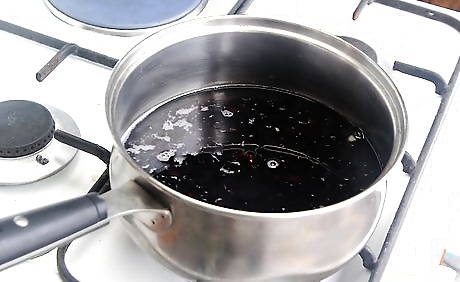
Cook the beans for 1-2 hours. Place the soaked beans in a deep pot and add enough water to submerge them. Boil for 10 minutes, then turn the cooktop down to medium-low heat and continue simmering until done. An average serving of black beans may take as little as 45 minutes or as long as 2 hours to cook through. Keep the beans partially covered as they simmer to let heat escape. A perfectly cooked black bean should be tender yet firm, with the skin intact. You can break one open with the edge of a spoon to see whether it’s done, or, better yet, go by how it tastes.
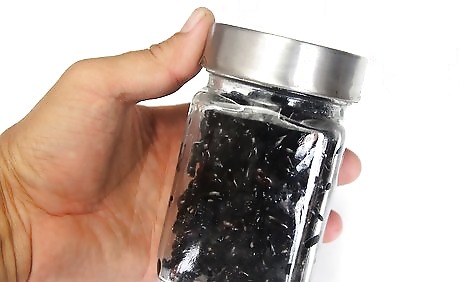
Store unused black beans in the refrigerator. Cooked beans can go straight into stews, sauces, casseroles and other savory dishes. Otherwise, they’ll need to be chilled shortly after they’ve cooled to keep them fresh. For best results, place the cooked beans in a piece of Tupperware or other airtight container. Be sure to store the beans with their own juices. They’ll continue to absorb moisture as they sit. Try to use up leftover black beans within about 5-7 days.
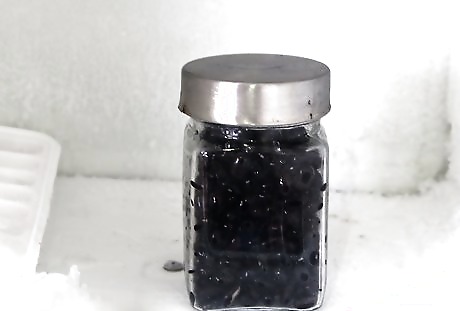
Freeze black beans for later. If you’re not planning on eating the beans right away, you have the option of keeping them in the freezer instead. Rinse the cooked beans one last time to cool them to room temperature, then funnel them into a roomy freezer bag. Find an out of the way place for the beans in the freezer where they won’t be crushed or forgotten. When properly frozen, black beans should last for 6-8 months. To use frozen beans, remove them from the freezer and allow them to thaw at room temperature.
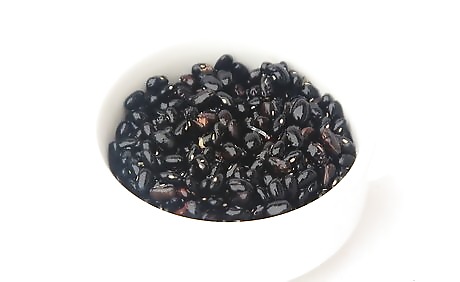
Finished.










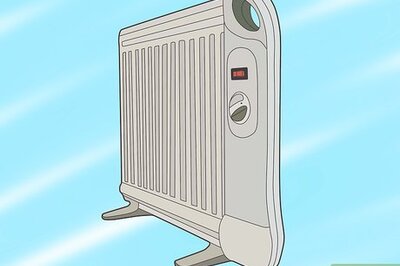






Comments
0 comment